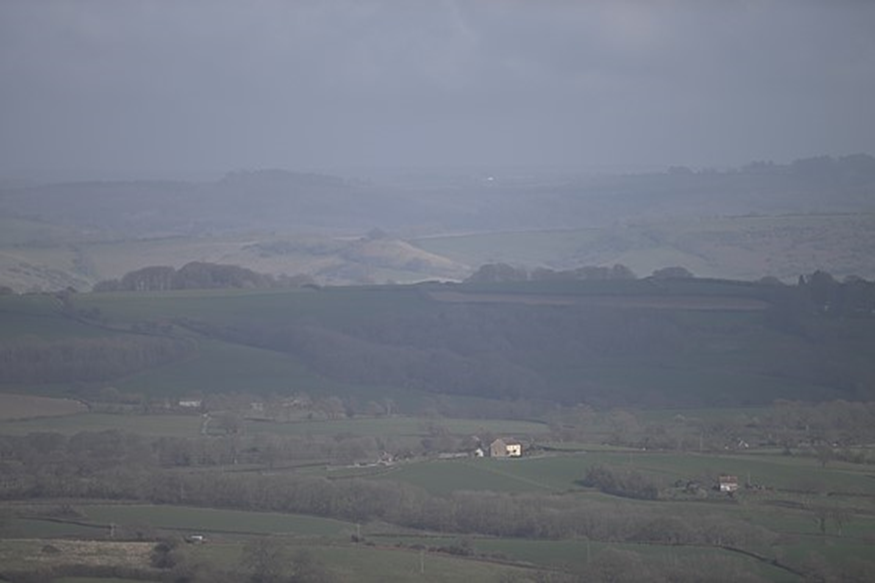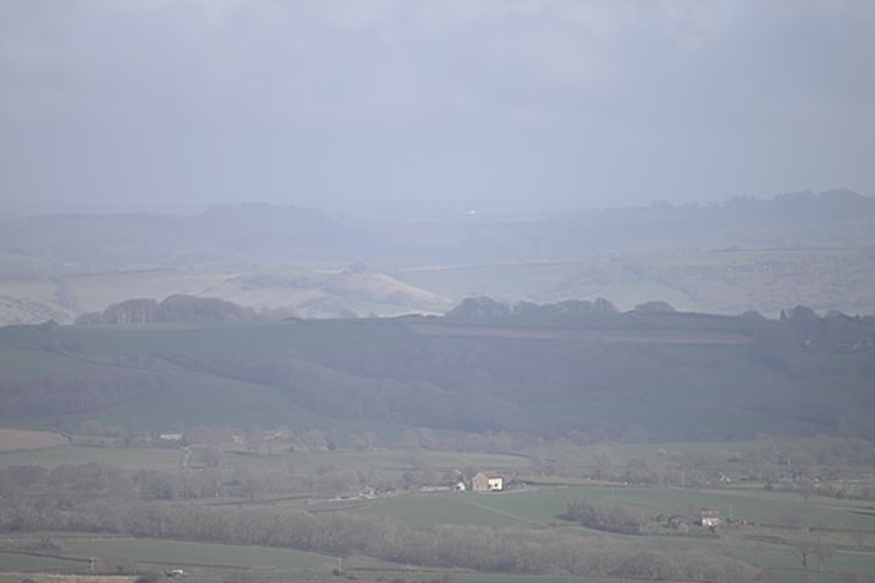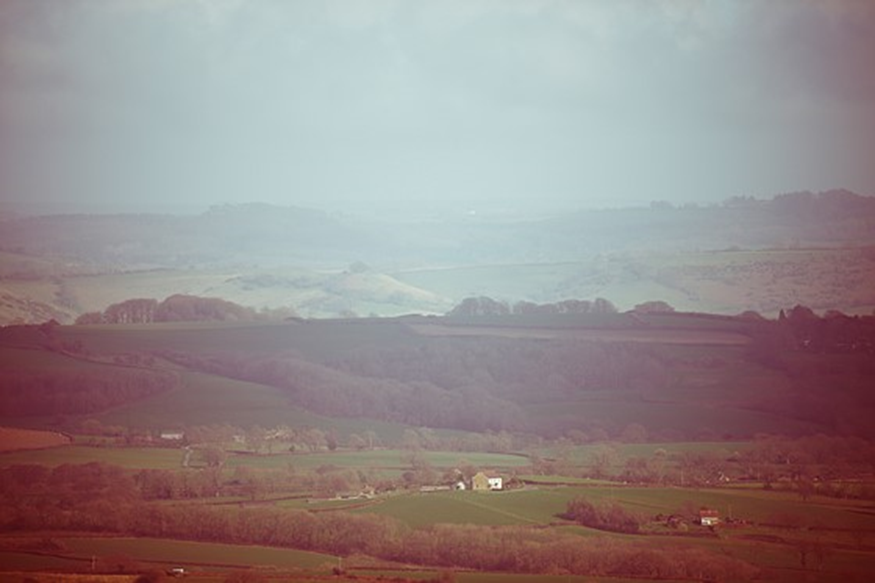Ask And Ye Shall Receive-Part 4
- David Axon
- Mar 24, 2023
- 4 min read
After all the debates, and since the thread is almost done. I thought I'd finished with something more constructive. I wen for a walk with my camera with the long lens on, hoping to find some buzzards or kites. Of course none showed but it struck me that the conditions were possibly similar to the ones that you took these shots in. It was bright, but very humid. Humid to the extent that the air actually contained micro-droplets of water, of which more later.
So, here's one shot (SOOC JPEG):
Too dark! Low contrast

This is not dissimilar to yours. No contrast and too dark. Why is this? The metering system assumes that the integrated average reflectivity of the scene is 18% - that means that overall the as much light is coming from the scene as the light reflected off an 18% grey card. A study done by Kodak years ago concluded that this was the average reflectivity of most scenes. More recent studies have come to different conclusions, but the18% figure has stuck as the basis of the way meters work. This scene is far from average, due to the water micro-droplets in the air. The sun is behind me, and the droplets are reflecting its light straight back to me, resulting in a bright haze over the picture. One effect of this is to reduce the contrast. Another effect is to make the reflectivity of the whole scene more than 18%. This means that the meter is suggesting a smaller exposure than it should. In this case I'm in M mode with auto ISO, so the exposure is fixed and it ends up with the meter effecting a lower ISO than it should. I can dial in some EC - 0.7 stops as I remember, but you can check - and then it will use a higher ISO making the picture lighter.

This has fixed the lightness but not the low contrast. I shot raw+JPEG so I can process the raw file to fix both lightness and contrast to an extent:
Vignetting has appeared.

This is also not completely satisfactory. Though the lightness histogram now runs all the way from black to white the image doesn't have the tone distribution I'd expect on a clear day. I was using a quite simple raw converter which I have on the laptop, which doesn't give me access to a tone curve tool, which I'd have wanted to use to redistribute the tonality a bit. Also the image displays what looks like vignetting. This could be emphasised vignetting from the lens or it could be the directivity of the reflection of the light by those water droplets - I think the latter. Overall, I don't like it very much. I think in these conditions you have to embrace the haze and go for a rendition that includes it, but maybe moderates it a little-- "There are plenty of cameras at work, but most of them without any brains or knowledge to work them." Ferdinand Hurter.
-------------------------------------------------------------------------------------------------ust a note to let you know that there’s nothing wrong with your camera, your exposure, or your post processing.
You have run up against the difference between what our miraculous eyes-brain system can pick out of a scene versus the relatively dumb recordings made by a camera.
You got exactly the photo one would expect when using a long lens to shoot mountains that are miles away in flat lighting. It’s a a low-contrast shot with almost no detail or color variation and no major geologic feature to capture the viewer’s eye and make them say “wow.” It’s not a bad shot, it would be a fantastic background for something like a clump of spring flowers, a fantastically gnarled tree, or a trio of wild stallions but without a sizeable main subject there’s no place for the viewer’s eye to land.
I bet what happened was you saw a beautiful scene and wanted to capture it but didn’t realize how much beauty would be stolen by the long distance and the atmospheric haze.
To handle this problem I would recommend two things to try:
1. For the foreseeable future make sure you always have something interesting filling at least half the foreground of your shot; doesn’t matter what, just have a big close thing. There are lots of good books on landscape photography; read a couple.
2. For landscape shots get out in the field earlier, before dawn if possible. The light is more directional which gives your subject a more interesting three-dimensional appearance and atmospheric haze tends to rob less picture goodness.
Just a note to let you know that there’s nothing wrong with your camera, your exposure, or your post processing.
You have run up against the difference between what our miraculous eyes-brain system can pick out of a scene versus the relatively dumb recordings made by a camera.
You got exactly the photo one would expect when using a long lens to shoot mountains that are miles away in flat lighting. It’s a a low-contrast shot with almost no detail or color variation and no major geologic feature to capture the viewer’s eye and make them say “wow.” It’s not a bad shot, it would be a fantastic background for something like a clump of spring flowers, a fantastically gnarled tree, or a trio of wild stallions but without a sizeable main subject there’s no place for the viewer’s eye to land.
I bet what happened was you saw a beautiful scene and wanted to capture it but didn’t realize how much beauty would be stolen by the long distance and the atmospheric haze.
To handle this problem I would recommend two things to try:
1. For the foreseeable future make sure you always have something interesting filling at least half the foreground of your shot; doesn’t matter what, just have a big close thing. There are lots of good books on landscape photography; read a couple.
2. For landscape shots get out in the field earlier, before dawn if possible. The light is more directional which gives your subject a more interesting three-dimensional appearance and atmospheric haze tends to rob less picture goodness.
Comments